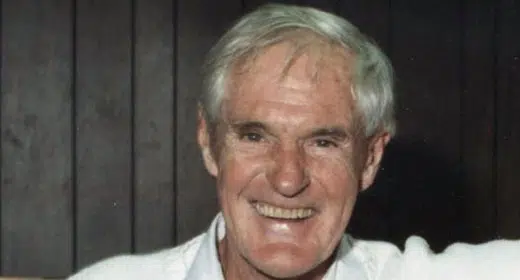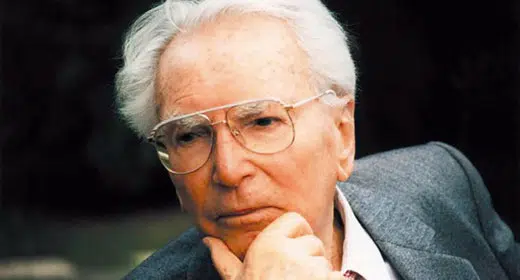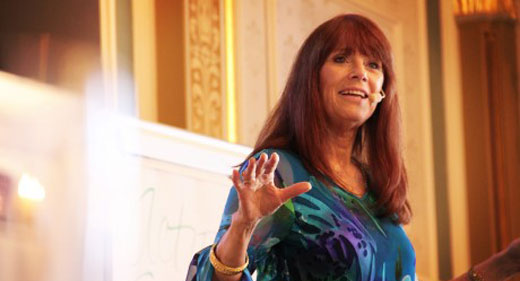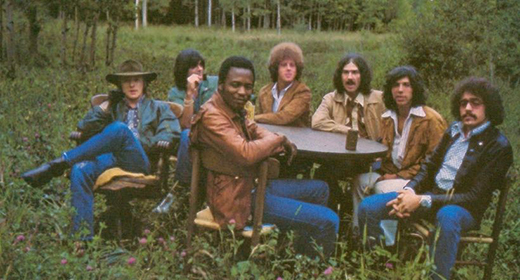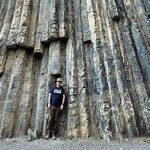By Spooky: Matthieu Ricard, a French researcher turned Buddhist monk was declared the happiest man on Earth by a group of scientists, after it was discovered his brain produces a level of gamma waves never before reported in the field of neuroscience.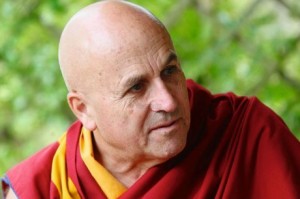 A former molecular geneticist who left his life and career behind to discover the secrets of Buddhism, Matthieu Ricard is now one of the most celebrated monks in the Himalayas and a trusted advisor of the Dalai Lama. And while this transformation is impressive enough, there’s something else that makes Ricard a very special person. In 2009, neuroscientist Richard Davidson, from the University of Wisconsin, wired up the French monk’s head with 256 sensors as part of a research project on hundreds of advanced practitioners of meditation. The scans showed something remarkable: when meditating on compassion, Ricard’s brain produced a level of gamma waves linked to consciousness, attention, learning and memory that were never even reported before in neuroscience literature. Furthermore, the scans scans also showed excessive activity in his brain’s left prefrontal cortex compared to its right counterpart, giving him an abnormally large capacity for happiness and a reduced propensity towards negativity. These results earned Matthieu Ricard the unofficial title of “happiest man in the world”.
A former molecular geneticist who left his life and career behind to discover the secrets of Buddhism, Matthieu Ricard is now one of the most celebrated monks in the Himalayas and a trusted advisor of the Dalai Lama. And while this transformation is impressive enough, there’s something else that makes Ricard a very special person. In 2009, neuroscientist Richard Davidson, from the University of Wisconsin, wired up the French monk’s head with 256 sensors as part of a research project on hundreds of advanced practitioners of meditation. The scans showed something remarkable: when meditating on compassion, Ricard’s brain produced a level of gamma waves linked to consciousness, attention, learning and memory that were never even reported before in neuroscience literature. Furthermore, the scans scans also showed excessive activity in his brain’s left prefrontal cortex compared to its right counterpart, giving him an abnormally large capacity for happiness and a reduced propensity towards negativity. These results earned Matthieu Ricard the unofficial title of “happiest man in the world”.
But the 66-year-old wonder monk wasn’t always on the path to enlightenment. He grew up in Paris, as the son of well-known French libertarian philosopher Jean-Francois Revel and abstract watercolor painter Yahne Le Toumelin. ”All these people used to come around, most of Paris intellectual life. We had all the French painters and I was myself interested in classical music so I met a lot of musicians,” Ricard remembers about his childhood. ”At lunch we’d have three Nobel Prize winners eating with us. It was fantastic… Some of them were wonderful but some could be difficult.” But by the time he got his PhD in cell genetics, from the Pasteur Institute, in 1972, he had already become fed up with intelectual party debates, and started traveling to Darjeeling, India, during his vacations. It was there that he met Dilgo Khyentse Rinpoche, considered the greatest Buddhist master of the 20th century, and started dedicating himself to studying Buddhism. He eventually moved to India and for a quarter of a century he cut of most of his ties to the Western world. 26 years later, he returned as somewhat of a celebrity, after “The Monk And The Philosopher,” a dialogue on the meaning of life he wrote with his father, became a best seller. His peaceful life was over, as he began to do more dialogues with scientists, and the whole thing spiraled out of control.
Ricard started getting more involved with research and the science of meditation, placing himself at the forefront of of ground-breaking experiments in this new phenomenon that came to be known as neuroplasticity. ”We have been looking for 12 years at the effect of short and long-term mind-training through meditation on attention, on compassion, on emotional balance,” he says. ”We’ve found remarkable results with long-term practitioners who did 50,000 rounds of meditation, but also with three weeks of 20 minutes a day, which of course is more applicable to our modern times.” the Frenchman, who describes Buddhism as “a science of the mind”, is setting out to show how meditation can alter the human brain and improve people’s happiness in the same way weightlifting affects muscles. And he’s the best proof.

